Being broke without enough funds each week stinks on so many levels, and when it starts to affect your grocery budget, food can suddenly seem incredibly bleak and boring.
If you’re interested in health or trying to eat a more nutrient-dense diet, the options seem even more limitless due to the myth that healthy foods and a healthy lifestyle have to be expensive.
But chill out, friends!
Just because your wallet is looking skinnier than you wish, there’s no need to go feasting on ramen noodles or selling your soul to fast food meals that cost a dollar just to get by financially.
Here are 10 doable tips to eat a clean and healthy diet when you’re broke as a joke that also won’t leave you eating bland and boring foods all day long, guaranteed!
1. Pick Produce First
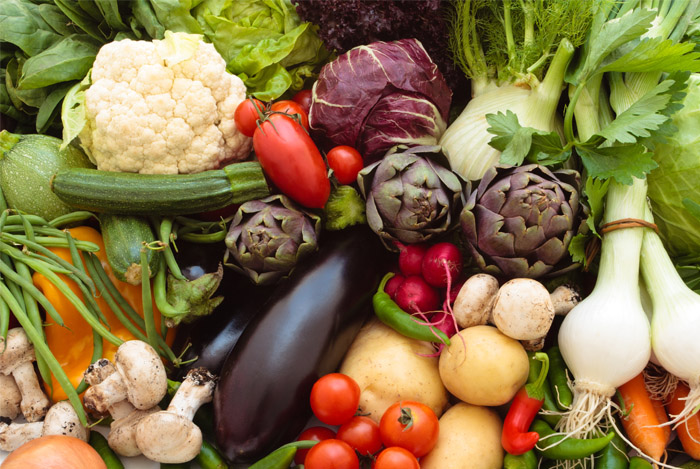
Yes, produce is probably already one of the main food groups that you know you should be eating, but here’s a little tip for you: produce is also cheaper than you realize, and it’s also satisfying despite that the myth surrounding veggies being “rabbit food” or less than filling.
Plus, produce makes your skin glow and helps keeps your weight in a healthy place too. So, start out your grocery trip in the produce section, and fill up your cart with items that are on sale. It’s also helpful to pick choices that will last a little while in the fridge.
Good options include: romaine lettuce, onions, tomatoes (leave out on the counter), apples (keep in the fridge), citrus fruits, celery, sweet potatoes, squash, peppers, bananas (chop and freeze them when they start to brown), and frozen veggies and fruits like berries which can be often be cheaper than fresh but just as high in quality.
2. Stick to Organic When it’s On Sale
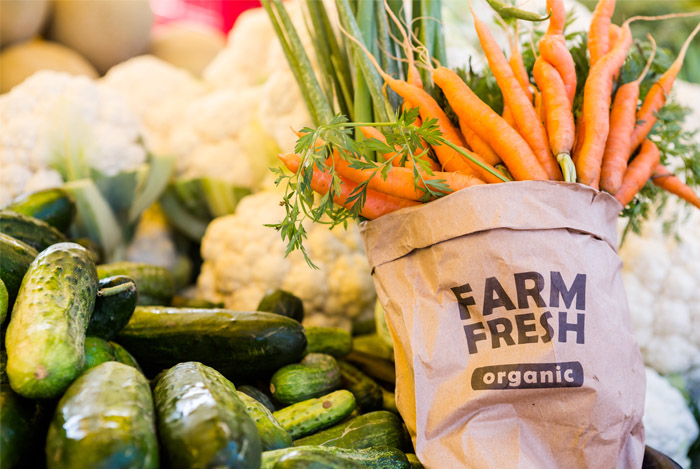
It’s true organic produce is much better for you and also tastes better, but when you’re on a budget, you have to do what you can. It’s better to stick to organic produce when it’s on sale and prioritize eating a healthier diet overall.
Also, if you eat animal products, prioritize buying organic animal products before you buy organic produce. Non-organic animal products are packed with detrimental hormones and antibiotics that harm your health.
Purchase what organic produce items you can, and stick to the Dirty Dozen list when all else fails.
3. Be a Local Lover
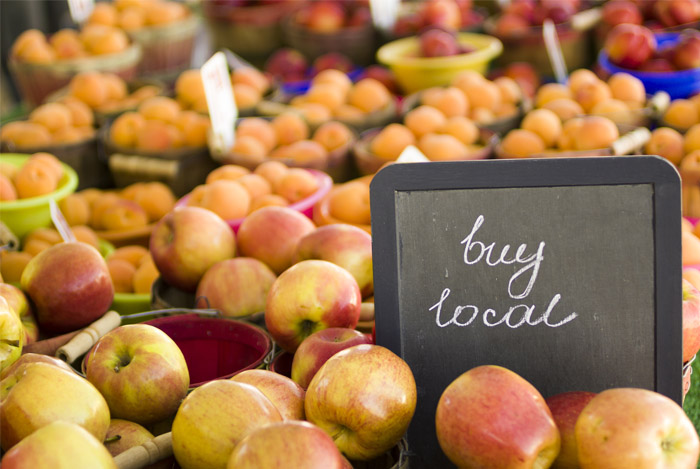
Local farmers need support from you, but one of the benefits of giving them your support is rock-bottom prices on the highest-quality (and often much fresher) foods.
You can buy everything from produce to fish to eggs to seeds, grains, and even dairy products at an incredibly low price when you’re not paying for in-store premiums.
Visit some local farms or farmers markets in your local area or just shop at locally owned businesses instead of big box stores.
You’ll not only be supporting your environment but also contributing to less wastes and better economic resources for the people who are supplying you with food. It’s a win-win!
4. Focus on Produce, Protein, and Fiber From Whole Foods
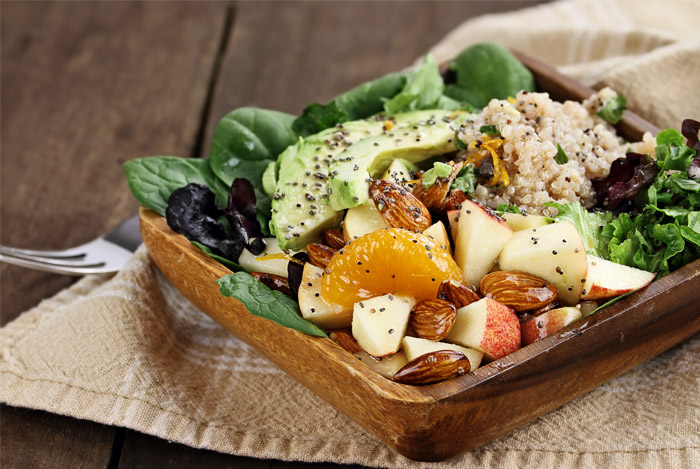
The most filling foods (and healthiest) foods for you and your blood sugar levels are produce, protein, and fiber. These nutrients keep you full and satiated longer than processed foods do that are low in real nutrition.
Optimize fiber-rich carbs in your diet like oats, quinoa, wild rice, buckwheat, and brown rice over carbs that don’t have much fiber such as flours or processed flours.
Keep healthy fats to whole foods like avocados, chia seeds, and flax seeds or coconut, and use them as a condiment to meals versus spending all your money on $10-$15 jars of fancy nut butters or filling up on handfuls of nuts for snacks.
When it comes to protein, always go for unsaturated sources however you can. This means choosing lean sources of protein and avoiding fatty meats, cheeses, and other full-fat dairy products.
Produce, protein, and fiber will keep your blood sugar stable, your energy levels up, and will help you stretch our your meals for longer periods of time while still getting plenty of nourishment. Don’t worry about portions, but do listen to your body and stop when you’re full.
5. Avoid Pricey and “Trendy” Foods, Even if They’re Healthy
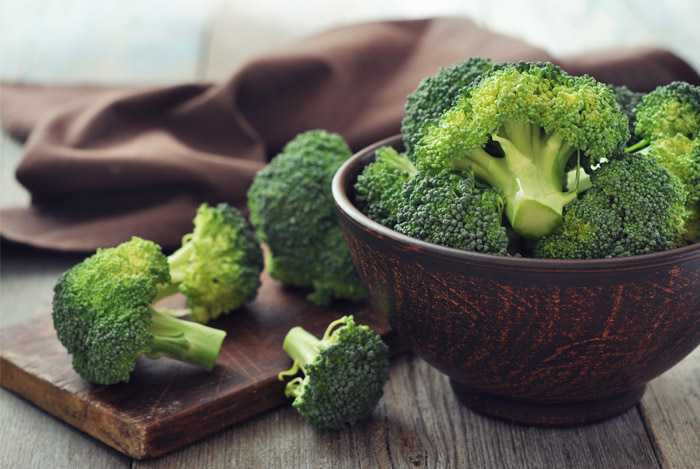
While spirulina, bee pollen, fancy nut butter, and other fabulous food trends might be healthy for you, the truth is you and your budget don’t need them right now. You won’t die without them in your diet, so spend your money on more filling foods that still keep you feeling great without breaking the bank.
Some of the cheapest and most beneficial foods for you include affordable foods such as:
- Broccoli
- Cauliflower
- Leafy greens
- Lentils
- Oats
- Peas
- Chia seeds
- Brown or wild rice
- Nonfat (plain) Greek yogurt – (Do choose organic or non-GMO when you can here.)
- Wild-caught fish or low-sodium tuna
- Flax seeds
- Berries
- Apples
- Local (or pastured) eggs
Fill your cart with these options and plan your meals around these foods instead of trendy items as much as possible. Remember, sticking to a budget while eating a healthy diet isn’t about what you’re missing out on, but how to get the most bang for your buck—literally!
6. Get Cozy in Your Own Kitchen

This should go without saying, but it’s much cheaper to eat at home than it is to eat out. Plus, cooking at home is also healthier for you too, and you can create cheaper, more filling meals at home with minimal time and ingredients.
Utilize a blender, slow cooker or pressure cooker, and a simple skillet to prepare easy and cheap meals in just minutes. There are multiple dishes you can make with the foods above to help keep you full a long time that also nourish your body.
Find free recipes on the internet, and have fun coming up with your own combinations using simple foods.
Remember, you don’t have to have an extravagant meal to make it healthy or make it taste good.
Plus, restaurant meals are also high in sodium that can lead to more food cravings, bloating and water weight gain, and they contribute to unnecessary weight gain and high blood pressure due to being high in sugar, fat, and salt.
Your own kitchen is the perfect way to eat healthier and save money, so get cozy and get cooking!
7. Get Creative With Your Protein Choices
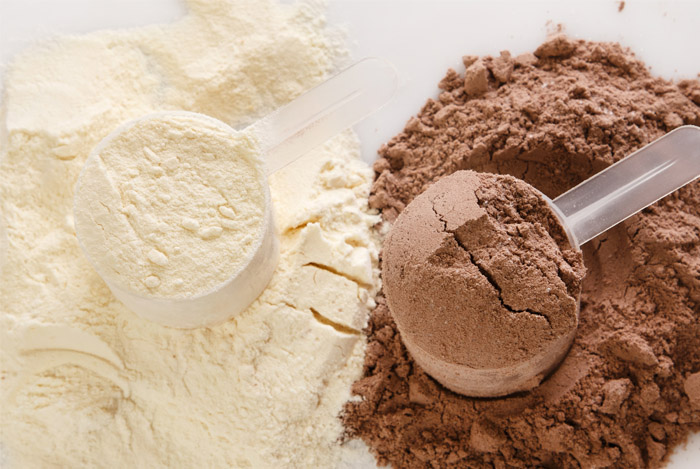
If you have a little extra room in your budget, spend it on a high-quality protein powder that you can use in smoothies and stir into oatmeal. Protein powders can come out to 99 cents or less per serving, and they can be a good replacement to pricey meat and pricey dairy items.
While whole foods are best, protein powders will help keep you full and ensure your metabolism stays humming too if you don’t want to spend a lot of money on meat, fish, or other animal proteins.
Good options include a high-quality grass fed whey protein isolate, hemp protein, or another plant-based protein powder you enjoy.
If you’re vegan, always go for whole foods first since they are already cheaper than processed forms of protein (like faux meats). Good plant-based options include beans, lentils, oats, wild rice, chia, edamame (soy), non-GMO soy milk, amaranth, and quinoa. Even if you’re not vegan, these still make great options to include in your diet when you’re looking to eat a budget-friendly diet.
8. Take Advantage of Healthy Items at Cheaper Stores
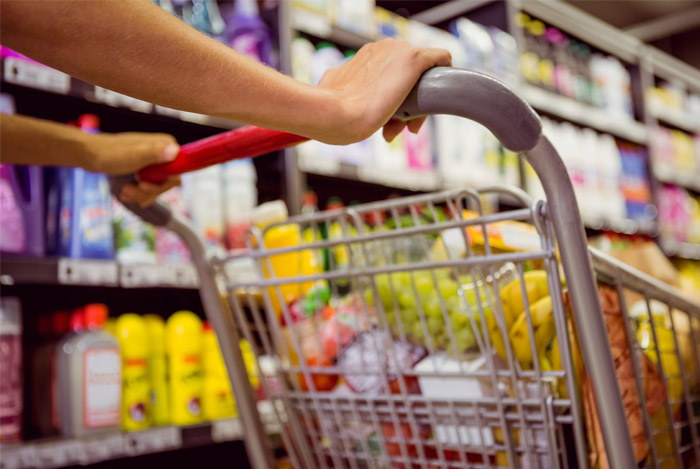
We all love Whole Foods, but sometimes, you have to change up where you shop in order to save money on healthy foods. So shop for more healthy foods at cheaper stores like Walmart and Target which both have generic and organic options available now. There’s no reason you have to shop at the fanciest stores just to eat a healthy diet.
Also, keep in mind that there will come a day again when you can afford to shop at nice stores again if you wish and that your current budget issue is not a permanent deal.
Once again, it’s about doing the best you can with the money you have no matter where you have to shop when things get tight. Buy organic fruits, veggies, whole grains, legumes, seeds, and lean sources of protein at your local supermarket, and stick to the tips above to save even more money while you do.
You can even shop online these days for pantry items and get rock-bottom prices on organic whole foods that keep well in the pantry. Use every resource you have, and of course, coupons help too!
9. Prime Your Pantry for Success
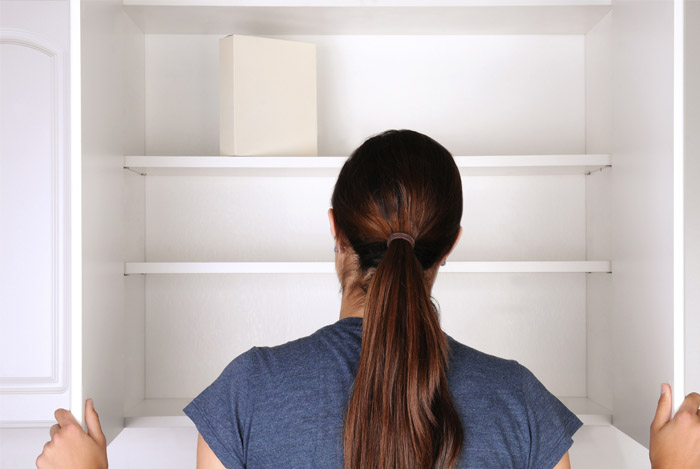
Your pantry is your best friend when it comes to making budget-friendly meals out of healthy options such as brown rice or wild rice, oatmeal, quinoa, low-sodium canned tuna, whole grain spaghetti, quinoa, boxed almond milk, and low-sodium canned tomatoes.
You can also implement the use of herbs and spices to add flavor to your meals instead of relying on trendy condiments or oils. Avoid boxed mixes that are not only costly per serving but also some of the worst for your health since they’re high in sodium and sugar.
Also, learn to avoid buying lots of bars, treats, and fancy snacks that aren’t very filling.
Choose one treat a week if you want to enjoy something fun for a change, but keep it to a healthy option like kale chips, dark chocolate, or a few packs of single serve nut butter you can enjoy. This will keep the cost down per serving and give you something to look forward to each week.
Overall, though, always stick to whole foods to fill your pantry with. They make meals go a long way and will last months unopened to help you eat healthy on a budget all season long.
10. Go Whole or Go Home

Finally, focus on eating whole foods at each meal instead of processed boxed foods. They’re not only cheaper per serving, but also more satisfying, energizing, and healthy for you.
If it helps to make out a meal plan for yourself to get a visual for how you’ll eat whole foods, then do it! This can also help you create a shopping list more easily. Coming up with new food combinations made from whole foods can also be a good way to help keep you from getting bored or depressed about your budget issues.
Veggies, fruits, greens, whole grains, nuts, seeds, legumes, beans, and lean sources of protein are all whole foods that should make up the majority of your diet. You’ll probably be shocked at how less these foods cost over time than a diet full of processed snacks and fast food meals do too.
Remember, produce, protein, fiber, and healthy fats on the side are the best options when it comes to eating healthy. The bottom line is that eating healthy on a budget doesn’t have to mean deprivation, and who knows … you might just find yourself healthier and richer after this little experiment too.
For more useful budget meal ideas, check out these tips that can help you along on your way to eating healthy while saving money too!
The post 10 Doable Ways to Eat a Clean and Healthy Diet When You’re Broke as a Joke appeared first on Nutrition Secrets.
http://www.nutritionsecrets.com/10-doable-ways-to-eat-a-clean-and-healthy-diet-when-youre-broke-as-a-joke/
No comments:
Post a Comment